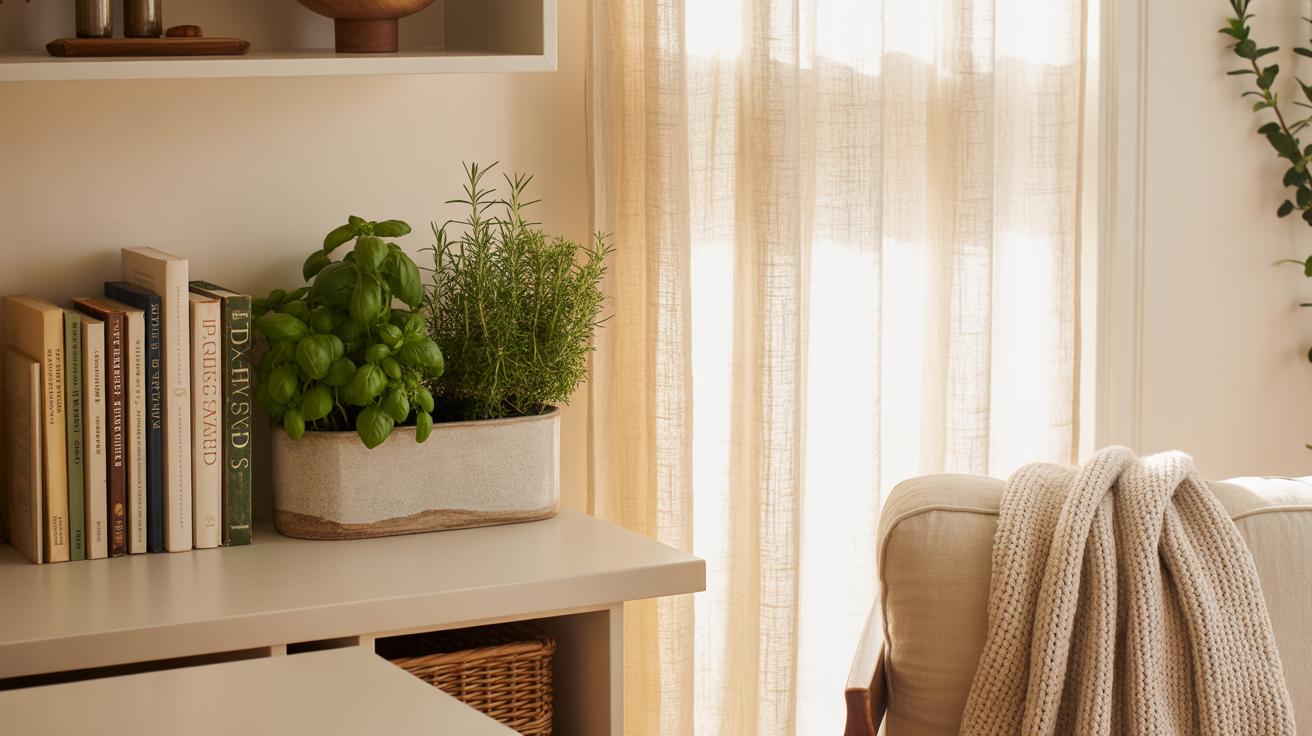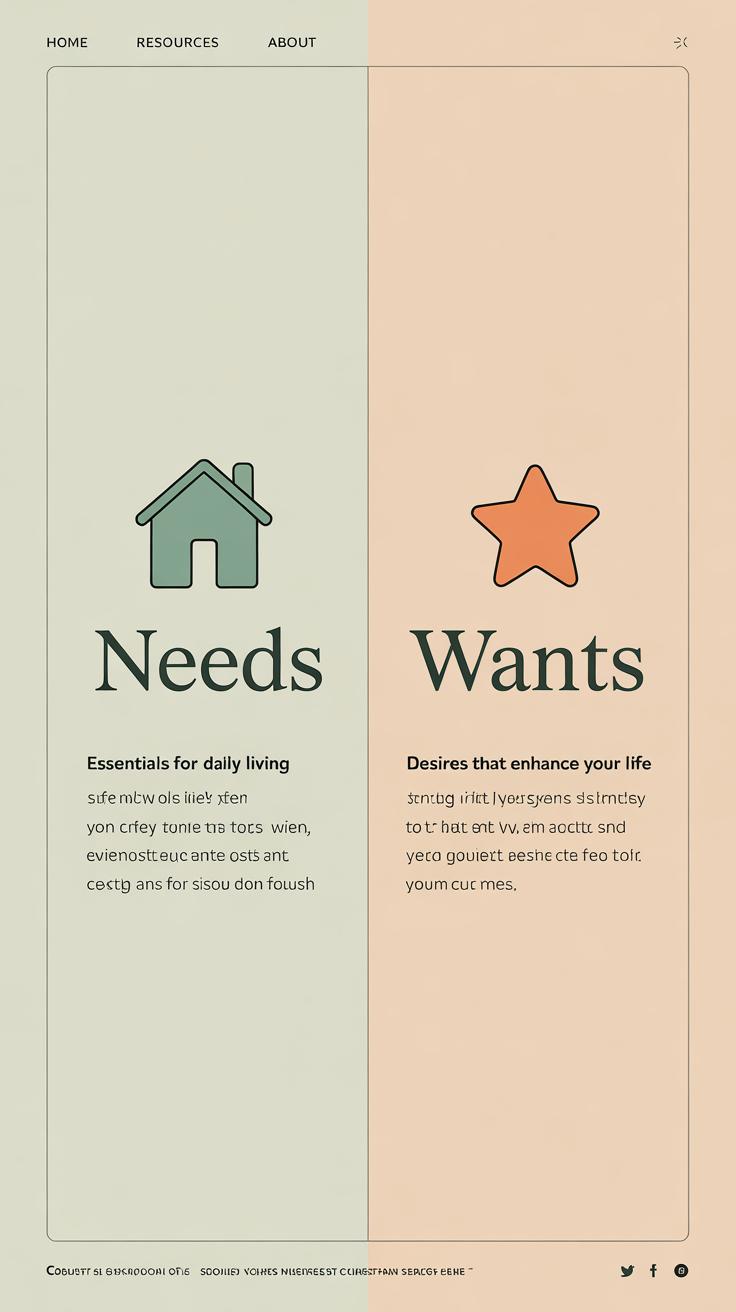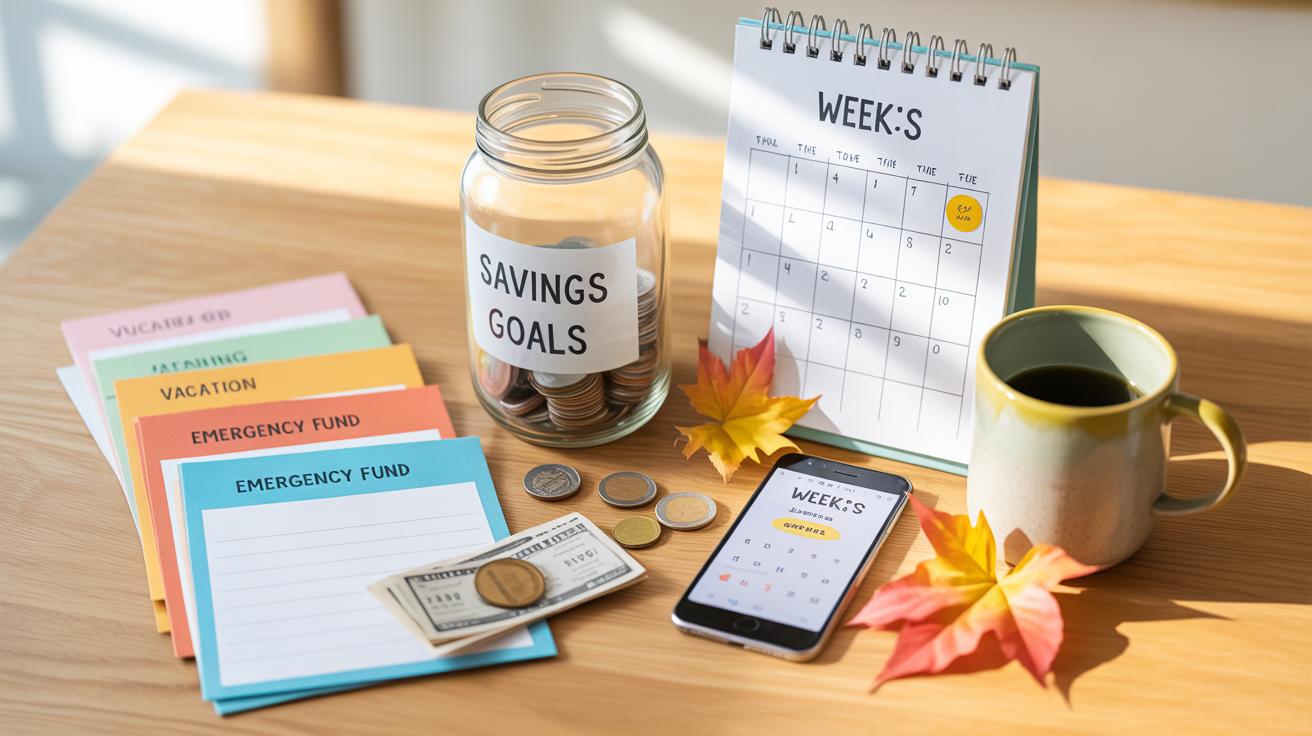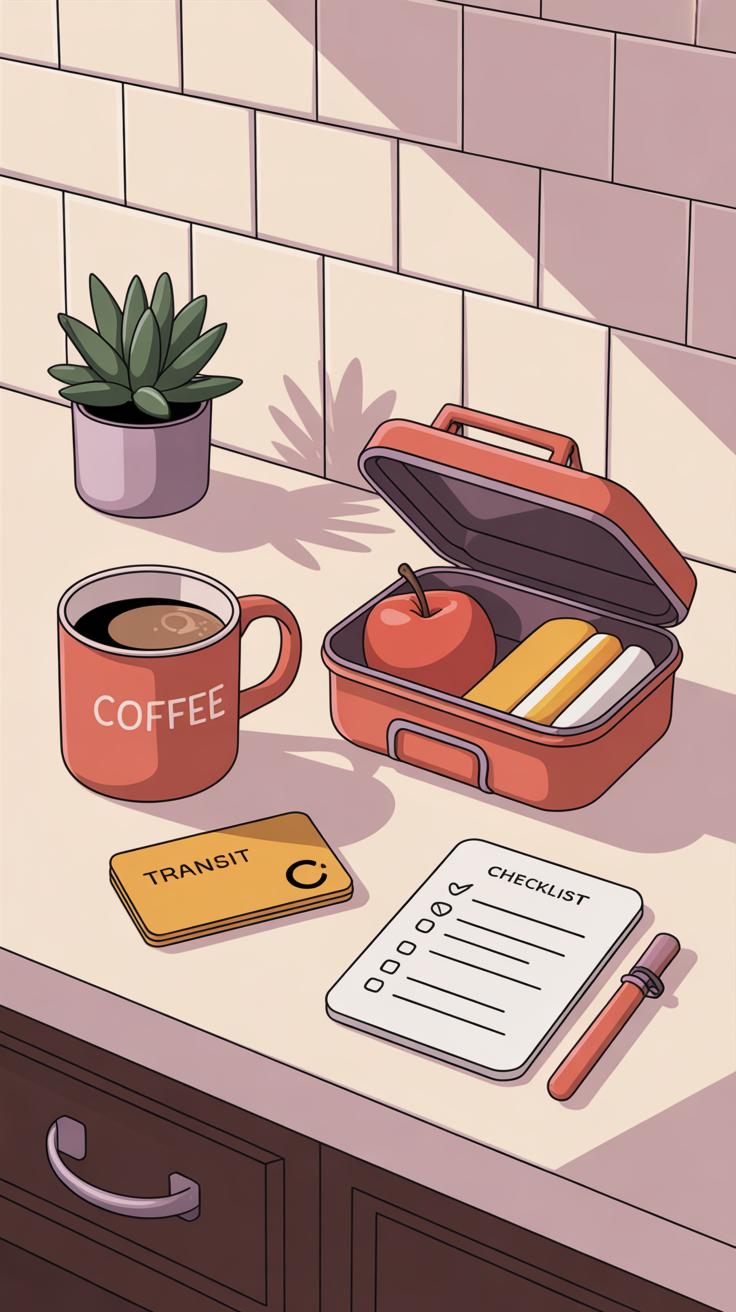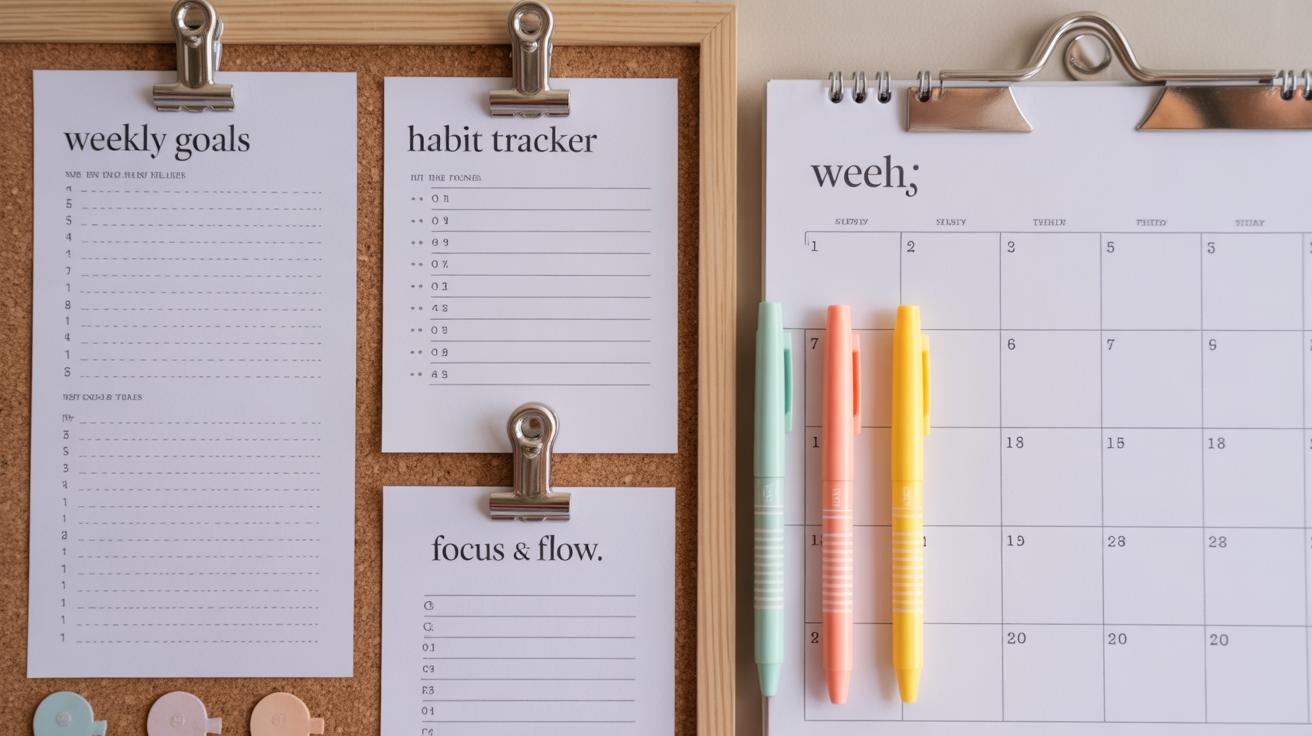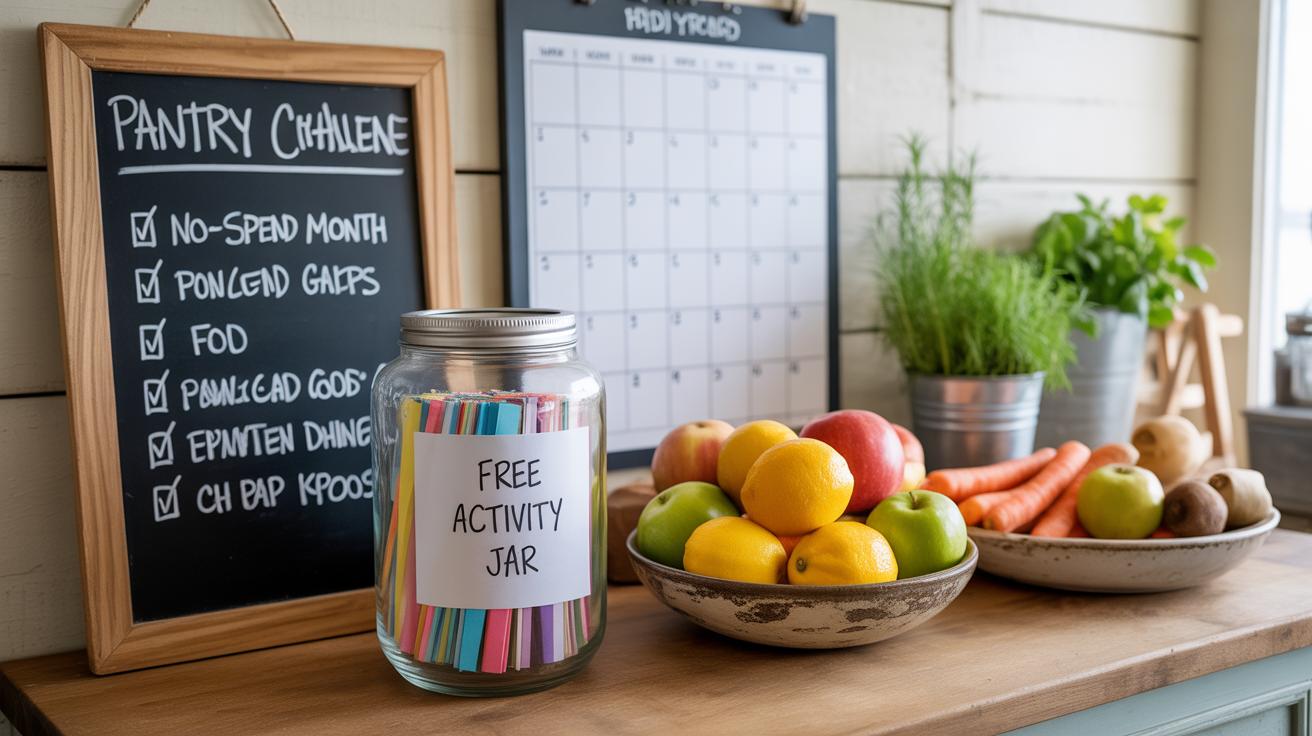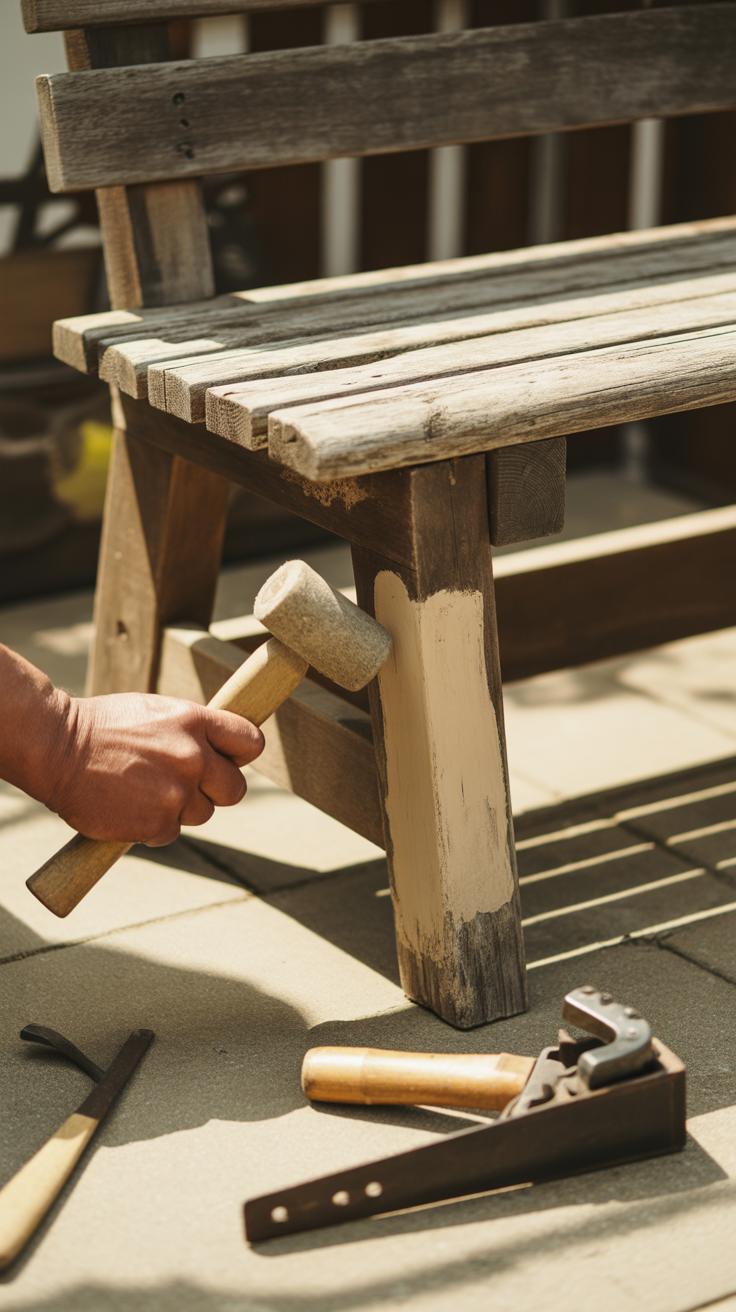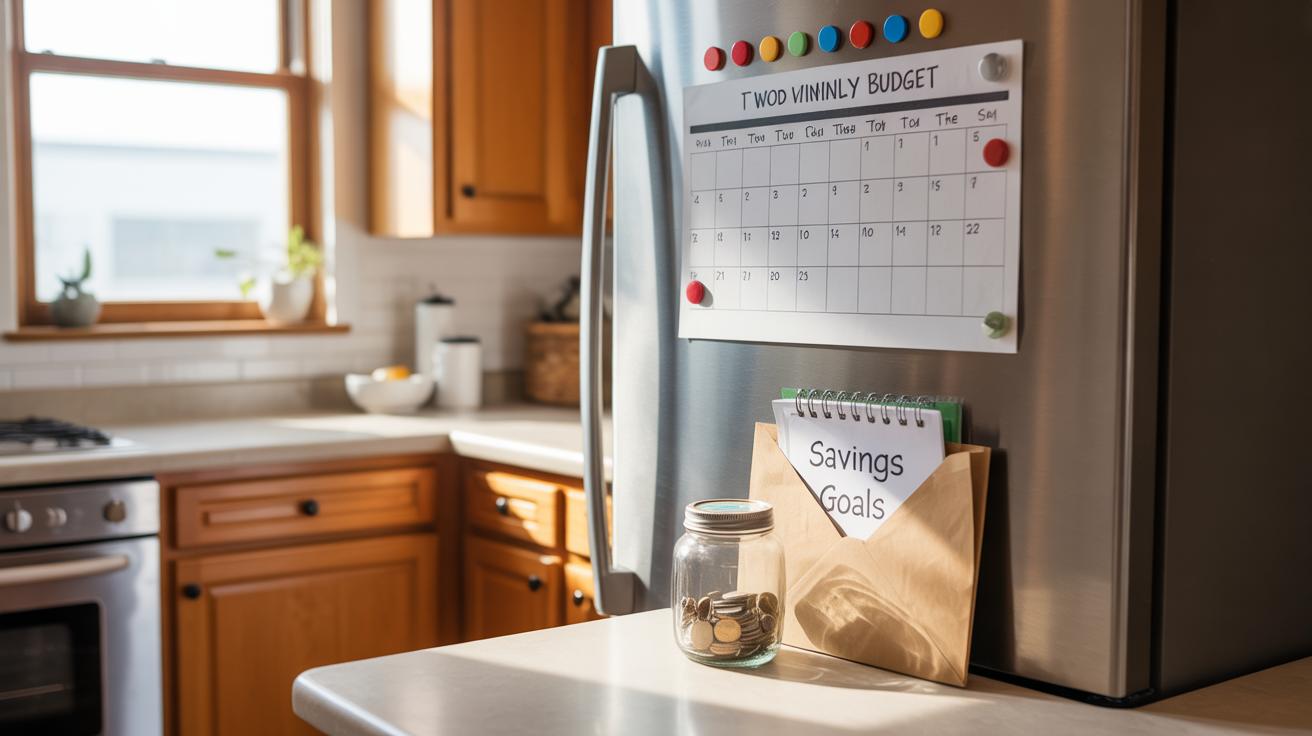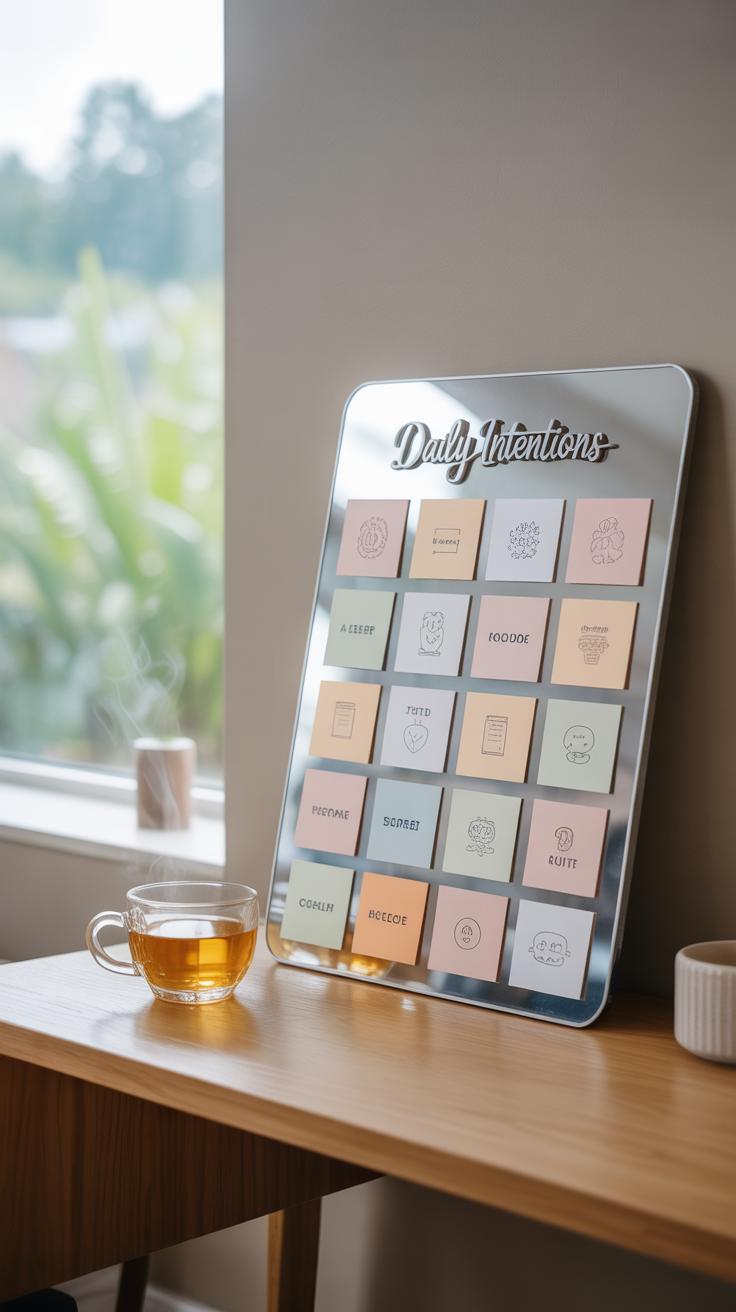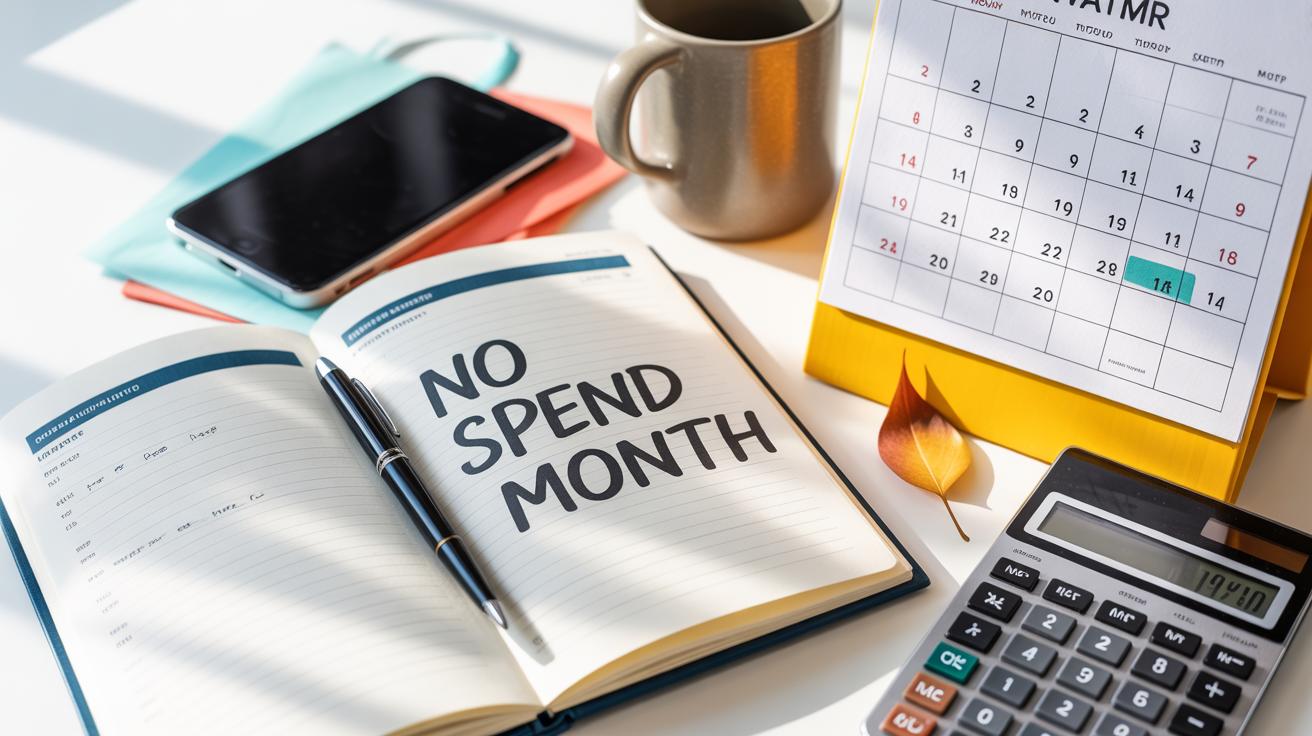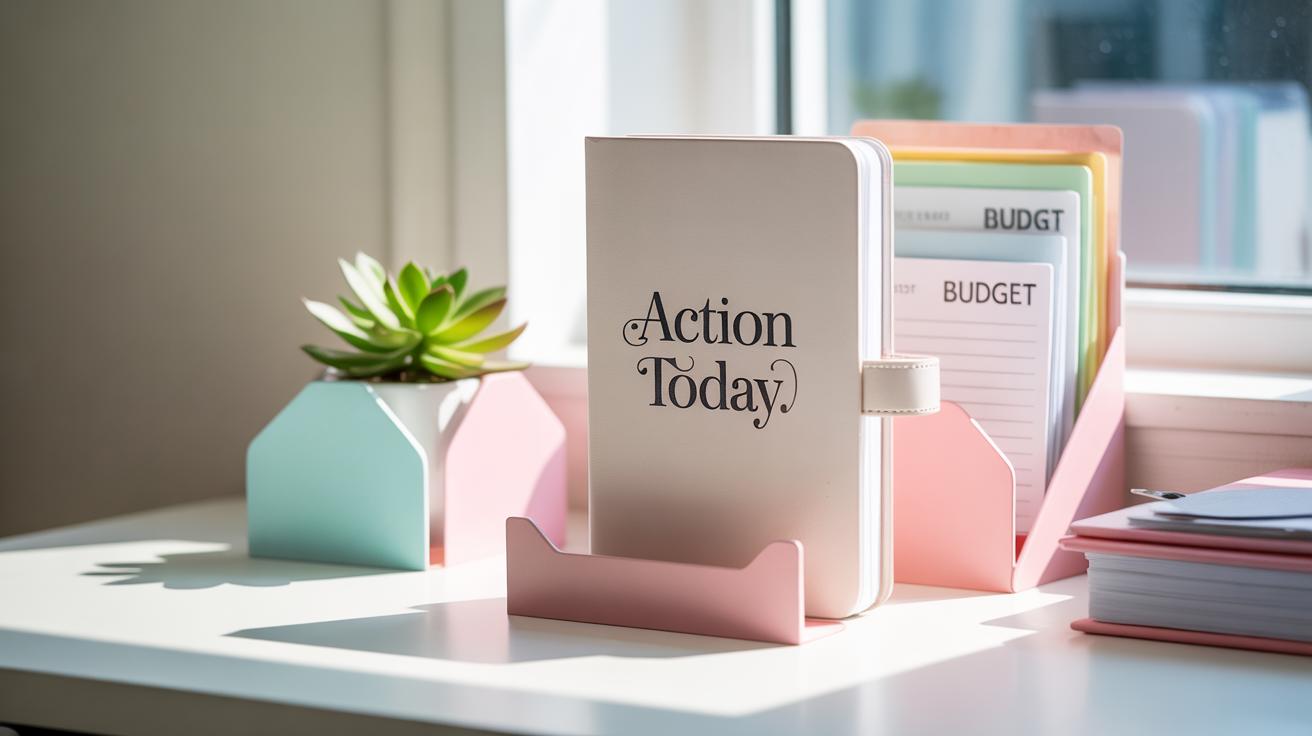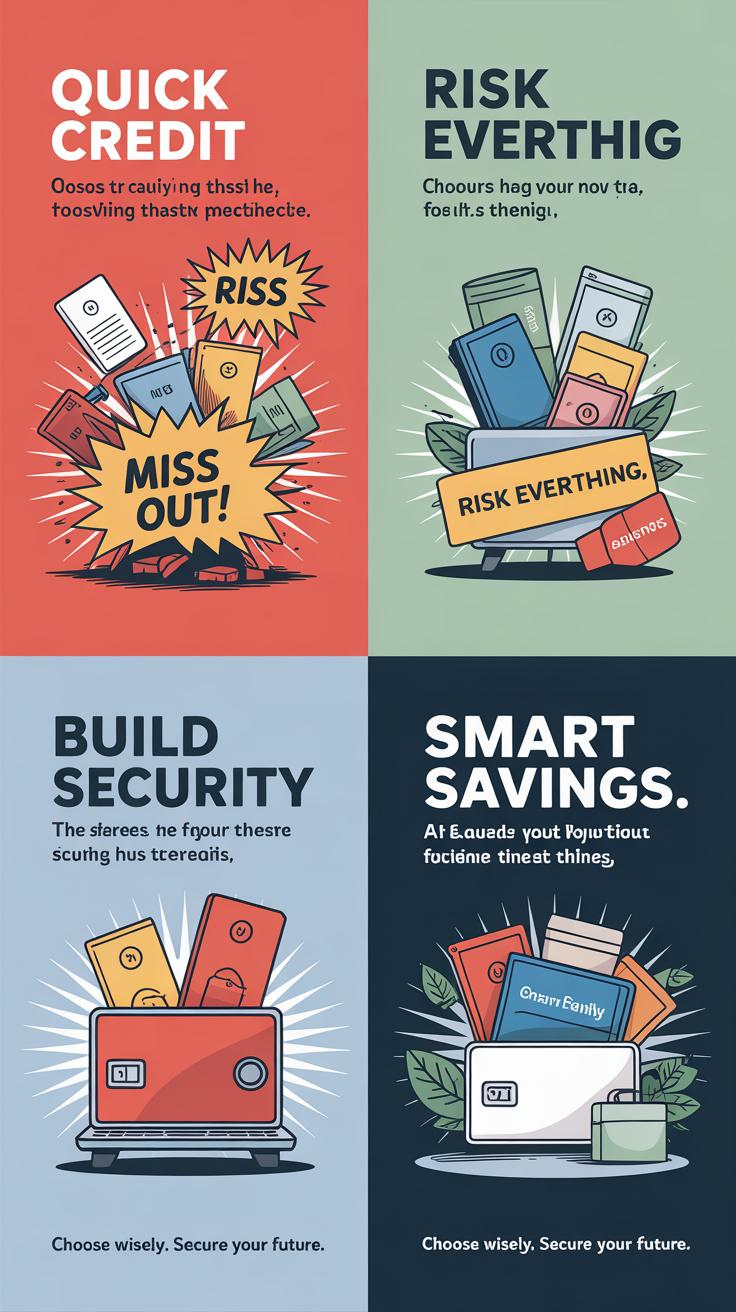Introduction
Frugal living means being careful with your money every day. It is about spending less and getting the most out of what you already have. This way of living helps you save money without feeling like you are missing out. You learn to avoid waste and make smarter choices about what you buy.
In this article, you will find easy tips and tricks that anyone can follow. From small daily habits to bigger changes, these ideas will help you keep more money in your pocket. You will also learn how to avoid common money traps and make your savings grow over time.
Understanding the Basics of Frugal Living
What is Frugal Living
Frugal living means being careful with your money and avoiding waste. It’s about making thoughtful choices instead of spending without much thought. For example, rather than buying a new gadget every time a newer model appears, you might wait until your current one truly stops working. Or, instead of throwing away leftovers, saving them for another meal. Frugality isn’t about being cheap or stingy—it’s about using what you have in the smartest way.
Being frugal often involves planning ahead. Maybe you make a grocery list and stick to it, so you don’t buy things you don’t need. Or you repair clothes instead of replacing them. These small actions add up to less waste and more money staying in your wallet.
Why Frugality Matters
Why bother living frugally? Because saving a little each day changes things over time. Skipping that daily coffee shop run might not feel like much now, but in a month, that adds up to a decent amount you can put toward bills or savings. Or think about using coupons or discounts when shopping for essentials.
It’s easy to overlook tiny expenses, but they gather like snowballs rolling down a hill. Frugal living helps you notice these patterns. You start to ask, “Do I really need this?” or “Can I find a better price?” Even small adjustments, like turning off lights when you leave a room or choosing water over soda, save money. Over weeks and months, these choices can ease financial stress.
In daily life, frugality feels practical. Sure, it takes some effort and sometimes sacrifices. Yet, many find that it offers a sense of control and peace of mind when money is tight. If you often wonder where your paycheck disappears, frugal living might just be the approach that fits you.
Cutting Down on Daily Expenses
Smart Grocery Shopping
Making your own meals can really add up to big savings over time. When you cook at home, you avoid paying extra for convenience or dining out. Planning your meals ahead helps, too—because it stops you from buying things you won’t use. I know I’ve bought random veggies or snacks, only to toss them later. It’s wasted money and food.
Try writing a detailed shopping list based on your planned meals for the week. Stick to that list. You’ll save because you’re buying exactly what you need. Plus, having a plan makes it easier to pick simple, affordable recipes. You might not always stick perfectly to the plan, but even a loose guide brings direction to your spending.
Using Transport Wisely
Transportation costs can sneak up on you fast. If you can, consider walking or biking for short trips. It’s free, healthy, and you avoid parking fees or gas. When distances are longer, public transit tends to be cheaper than driving alone. Monthly passes usually offer better deals than single rides, which helps if you use it regularly.
Sometimes, public transit isn’t the easiest option, but mixing methods can help—bike to the bus stop, for example. Even if it feels inconvenient, reducing how often you drive can save money in surprising ways, like fewer repairs and less fuel. It’s about small decisions adding up, day by day.
Energy Saving Tips for Your Home
You’ve probably noticed how small actions can add up when it comes to your energy bill. Turning off lights when they’re not needed seems obvious, yet everyone forgets it at some point. It’s one of those habits that can almost slip your mind during busy days. I find that keeping a checklist in the kitchen helps—look at one room before leaving, switch off the lights, and unplug any gadgets not in use.
Energy-efficient bulbs aren’t just a trend; they really use less power over time. Switching out older bulbs might feel like a hassle at first, but you’ll likely see reductions in your monthly expenses pretty quickly. It’s tempting to delay it, but the long-term gain is worth the effort.
Lower Your Electricity Bill
Managing electricity isn’t only about lighting. Electronics often draw power even when “off,” so unplugging chargers and devices can quietly shave costs. Maybe try a power strip for all your entertainment equipment—flip the switch and cut the electricity flow completely. This little step helped my household drop some unnecessary charges.
Also, be mindful about heating and cooling appliances. Leaving heaters running in unused rooms or air conditioners on full blast can surprisingly inflate bills before you realize. Dimming lights, lowering screen brightness, and using timers might seem trivial but do influence consumption.
Save on Heating and Cooling
Thermostat settings play a big role. Turning down the heat by just a degree or two can make a noticeable difference, especially over weeks. Maybe try lowering it before bed or when you’re away. It might feel cold at first, but a warm blanket often replaces the need to crank the heat.
Check windows and doors for drafts. Sealing gaps with weather-stripping or simple caulk is usually inexpensive and pays back faster than you expect. I remember spending a weekend fixing my old windows and seeing the heating bill drop after that winter—not a huge investment, but enough to try it yourself.
Fans can help push warm air down from the ceiling in winter and circulate cooler air in summer. It doesn’t fix everything but can reduce reliance on your heating or cooling system.
Getting the Most Value from Your Purchases
Look for Deals and Sales
Finding good deals often takes a bit of patience and planning, but it pays off. Try to time your bigger purchases around sales events like holiday weekends, end-of-season clearances, or store anniversaries. Some stores also offer special discounts on certain days or through newsletters—sign up if you can.
Keep an eye on clearance racks or outlets, where quality items sometimes hide at much lower prices. And don’t forget to check online; many websites have daily deals or flash sales that might catch you off guard—in a good way.
Sometimes, it’s worth waiting even if you’re tempted to buy right away. But then again, waiting forever can mean missing out too. It’s a bit of a balancing act.
Focus on Quality Items
It can be tempting to buy many cheap things, thinking you’re saving money. Yet, those low-cost items often wear out quickly. You might replace them more times than you’d like to admit. I’m guilty of this myself.
Buying fewer, better-quality products might stretch your budget upfront but usually saves you money over time. Think about a pair of shoes that lasts years versus three pairs that fall apart after months. It’s no contest.
Quality doesn’t always mean the most expensive option. Sometimes, local crafts or less flashy brands offer better durability. And, really, how often do you need to replace something if it’s built well?
Next time you shop, consider if what you’re buying will last or just fill up your space temporarily. It could change how you look at spending entirely.
Embracing DoItYourself Culture
Cook and Bake at Home
Cooking at home tends to stretch your dollar further than grabbing meals out. It’s not just about saving the obvious cost difference—there’s something about controlling ingredients and portions that makes the effort feel more worthwhile. Sure, it takes time and maybe a bit of planning, but over days and weeks, those small grocery bills add up to a noticeable saving.
Think about this: even making a simple batch of soup or a loaf of bread can provide several meals or snacks. Leftovers become an asset rather than a hassle. And it’s not only cheaper; the food often feels fresher, healthier, and somehow more satisfying. That said, there might be moments when you just don’t have the energy or time, and that’s okay. It’s not an all-or-nothing deal.
Fix Rather Than Replace
Before tossing out clothes with a missing button or shoes with a loose sole, consider if a quick fix might work. Sewing a small tear or patching a hole can easily extend the life of your favorite shirt or pair of jeans. And when it comes to household stuff—sometimes a bit of glue, tightening screws, or replacing a battery can save you the cost of buying new.
Simple tasks like unclogging a drain or tightening a wobbly chair don’t require professional help, and learning these skills saves money over time. Even if you’re not handy now, starting small with basic repairs might surprise you. The satisfaction of fixing something yourself often makes the item feel more valuable. Plus, it’s less wasteful—something to keep in mind if you’re thinking beyond just saving cash.
DIY gifts also fit here. Creating something, even modest, often means more to people than store-bought things. It can be a craft project, baked goods, or homemade preserves. These thoughtful gestures cost less but feel meaningful, and I think that’s why many people cherish them.
Building a Frugal Mindset
Developing habits that support frugal living starts with setting clear money goals. When you know exactly what you want to achieve—whether it’s saving for a trip, paying off debt, or simply building an emergency fund—it becomes easier to make spending choices that align with those goals. Without goals, it’s tempting to drift into spending without much thought. But goals provide a kind of guidepost, a reason to say “no” to impulse buys that don’t serve you.
Tracking your expenses can really open your eyes. At first, you might feel a bit overwhelmed jotting down every coffee or snack. But over time, you begin to see where your money slips through unnoticed cracks—like a subscription you forgot about or small purchases that add up. Being aware gives you power and, frankly, it’s surprising how much you can cut just by knowing what you spend.
Resisting impulse purchases is easier said than done, though. Sometimes you think, “Just this once,” and end up with things you don’t really need. One trick is to pause—put the item on a wish list and wait a few days. If after a week it still feels essential, maybe consider it. You can also remind yourself of your money goals, which often outshine the fleeting thrill of a quick buy.
So, ask yourself: What habits could you tweak right now? How might tracking your spending change your outlook? Building a frugal mindset isn’t about strict denial; it’s about understanding your choices and using them to your advantage.
Using Free and LowCost Resources
Finding entertainment and learning opportunities without spending much can feel like a puzzle sometimes. But if you look around, you’ll see plenty of options that don’t cost a thing or just a few dollars. Libraries are an obvious place to start. They’re much more than just books, offering everything from movie rentals and board games to workshops and digital resources. Joining a library can open up doors you probably didn’t expect.
Parks and community spaces also offer free or cheap ways to unwind. Walking trails, public gardens, and outdoor concerts often don’t require a ticket. I remember last summer stumbling onto a free jazz concert in a local park—that kind of surprise is priceless. Community centers frequently host events, classes, or meetups that are open to the public or low-cost. It’s worth checking their schedules regularly.
Enjoy Free Entertainment
There are plenty of activities that won’t drain your wallet but can fill your time with fun. Some of my favorites include:
- Attending free museum days or exhibits.
- Joining local walking or bike groups.
- Exploring hiking trails nearby—you get fresh air and exercise for zero dollars.
- Watching public lectures or film screenings.
- Taking part in community sports leagues or casual games in the park.
These options might not replace a night out at the cinema or a big event, but they offer enjoyment without the price tag. And really, they often help you connect with others too.
Learn Without Spending Much
You might feel that learning often costs money—courses, books, apps—yet that’s not always true. Many online platforms provide free or very affordable classes on all kinds of topics. Sites like Khan Academy or Coursera let you pick up skills while sitting in your pajamas. Libraries also lend access to language software or skill-building programs.
Besides the digital world, local community centers sometimes offer workshops on practical stuff: cooking, budgeting, even basic home repairs. Taking those classes can save you money down the line, and they don’t usually ask for much, if anything, in return. It’s kind of surprising how much knowledge is available at little to no cost if you look hard enough.
So, what free resources have you overlooked around your area? Maybe it’s time to check out that library card waiting in your wallet or just walk through the park with new eyes.
Avoiding Common Money Traps
Spending habits sneak up on you. Credit card debt is one of those traps that can quietly unravel your finances. You might think you’re managing it well, but the interest rates can explode over time. It’s easy to forget how quickly small purchases add up.
Try to keep your credit card use to what you can pay off each month. If it’s a struggle, consider using cash or a debit card instead. Set reminders for payment due dates to avoid late fees. Maybe even think about freezing your card if impulse buys get out of hand—that drastic, but sometimes effective.
Subscriptions are another sneaky drain. We sign up for so many services—streaming, apps, magazines—then forget about them. A quick audit once in a while can reveal charges that no longer make sense.
Look through your bank statements or use an app to track recurring payments. Cancel those that you rarely use, even if it feels a bit wasteful at first. You’re not locked in forever, and reclaiming those small monthly fees can add up. It’s surprising how often the money saved here frees up funds for things you actually want or need.
Conclusions
Living frugally is not about giving up what you enjoy. It is about making choices that help you save money every day. By using these tips, you can reduce spending, avoid waste, and find better ways to handle your money. Small changes add up and can make a big difference in your life.
Start with one or two tips and see how they work for you. As you grow more comfortable with these habits, you will find it easier to save money and feel more secure about your financial future. Frugal living is a smart way to live well without spending too much.


